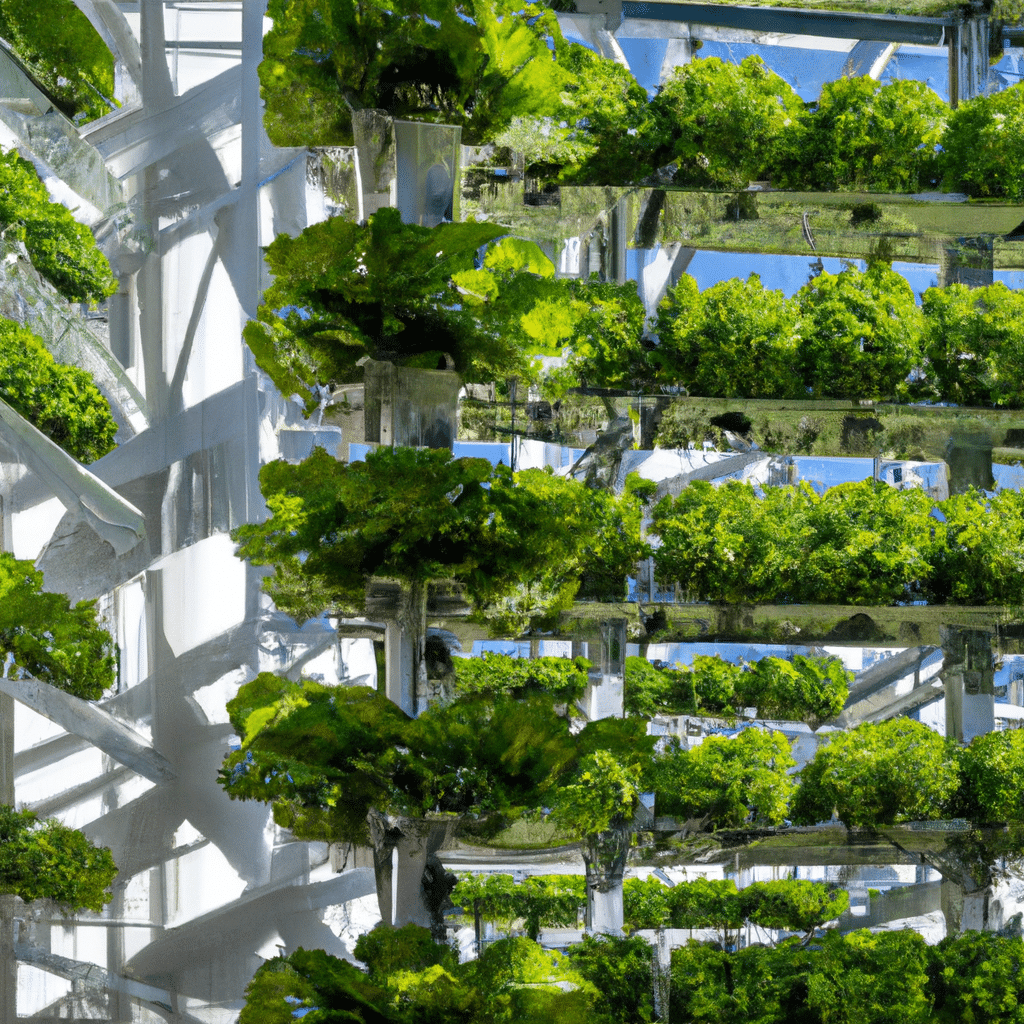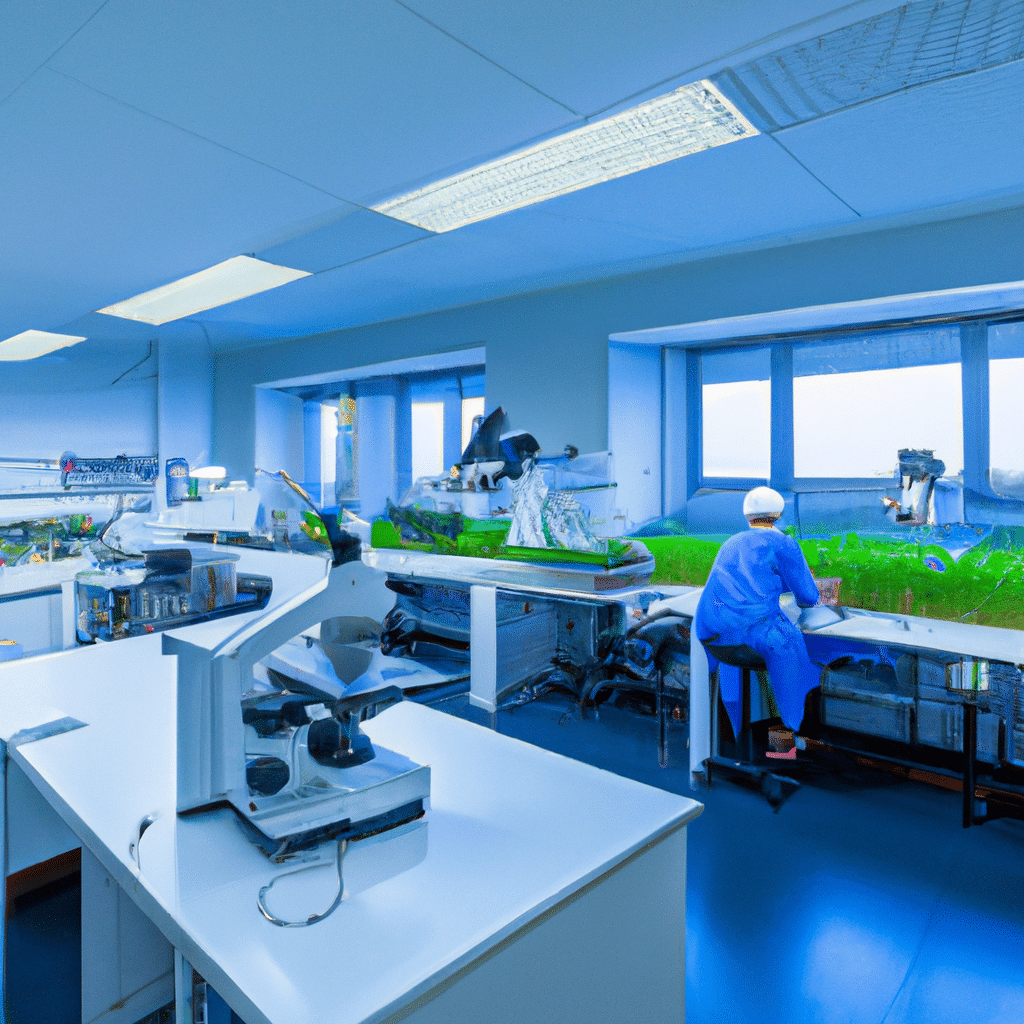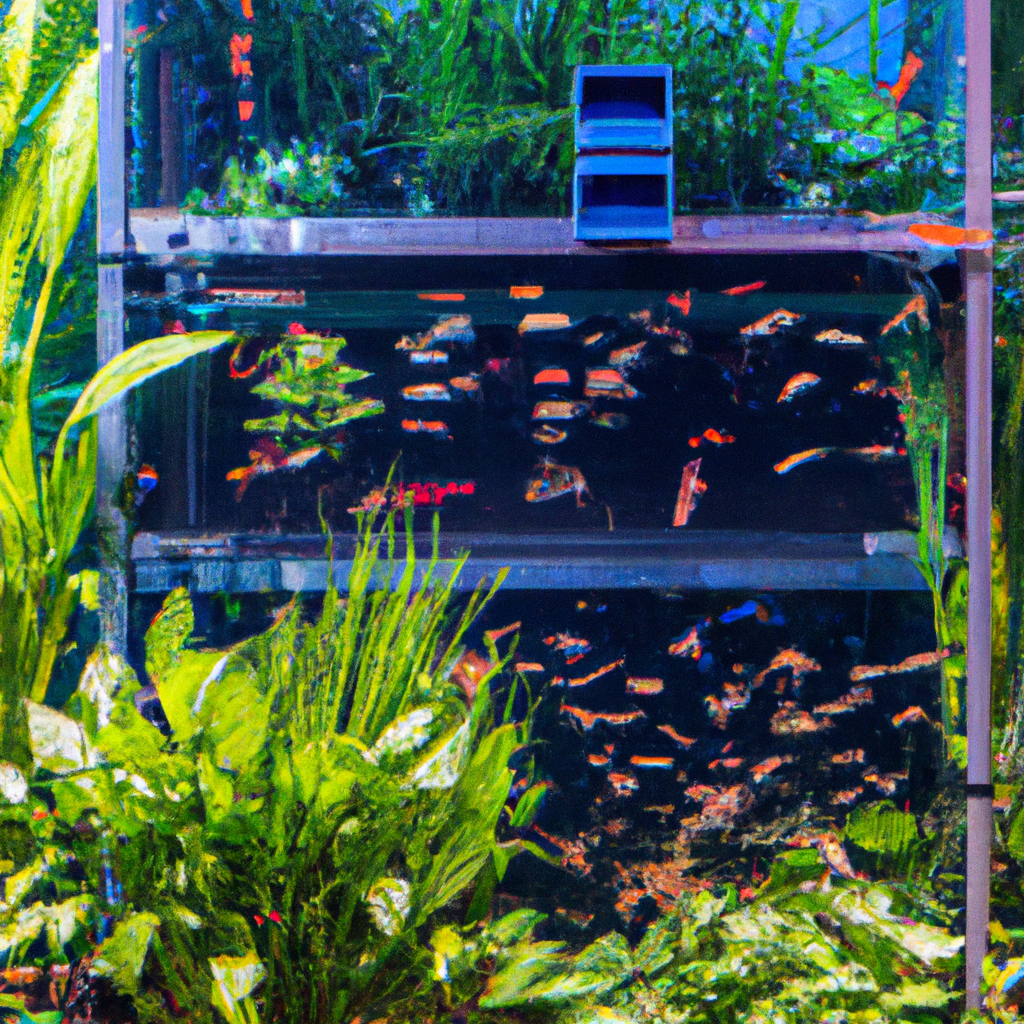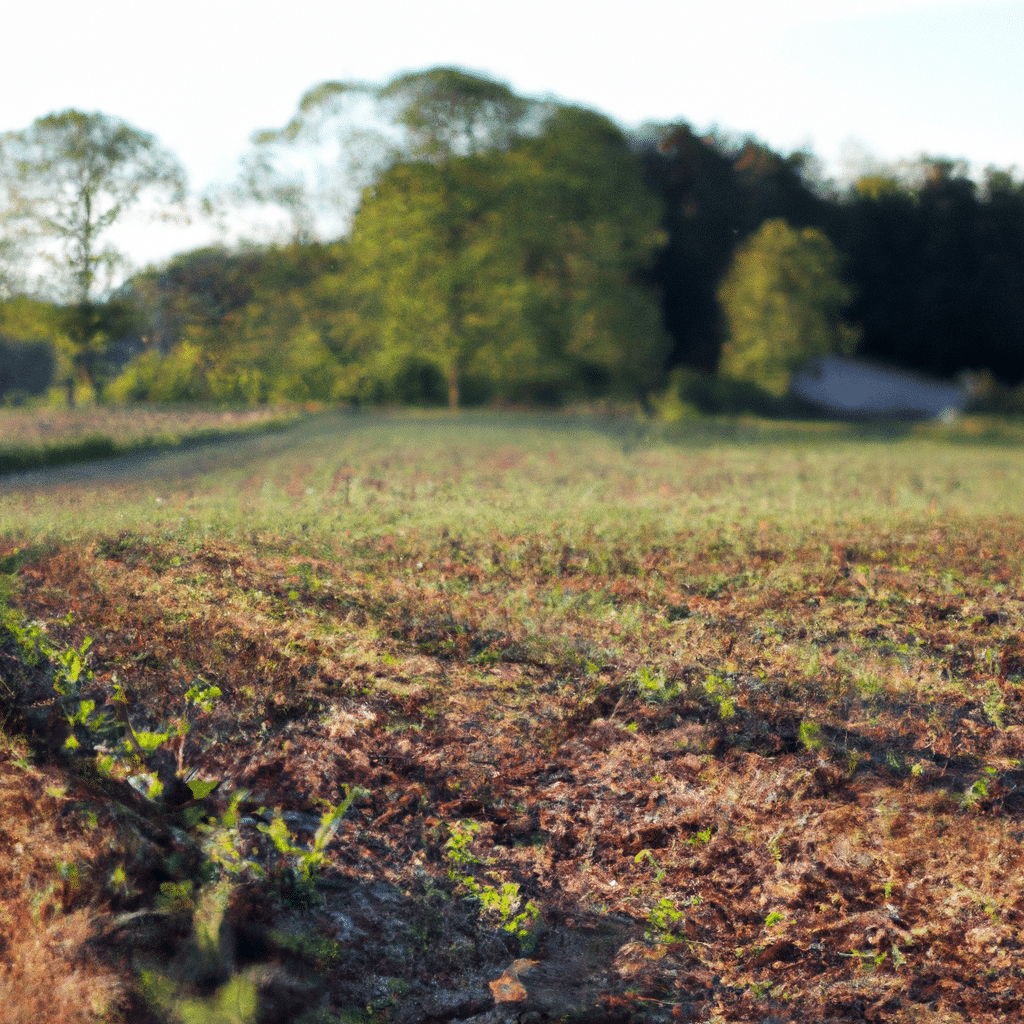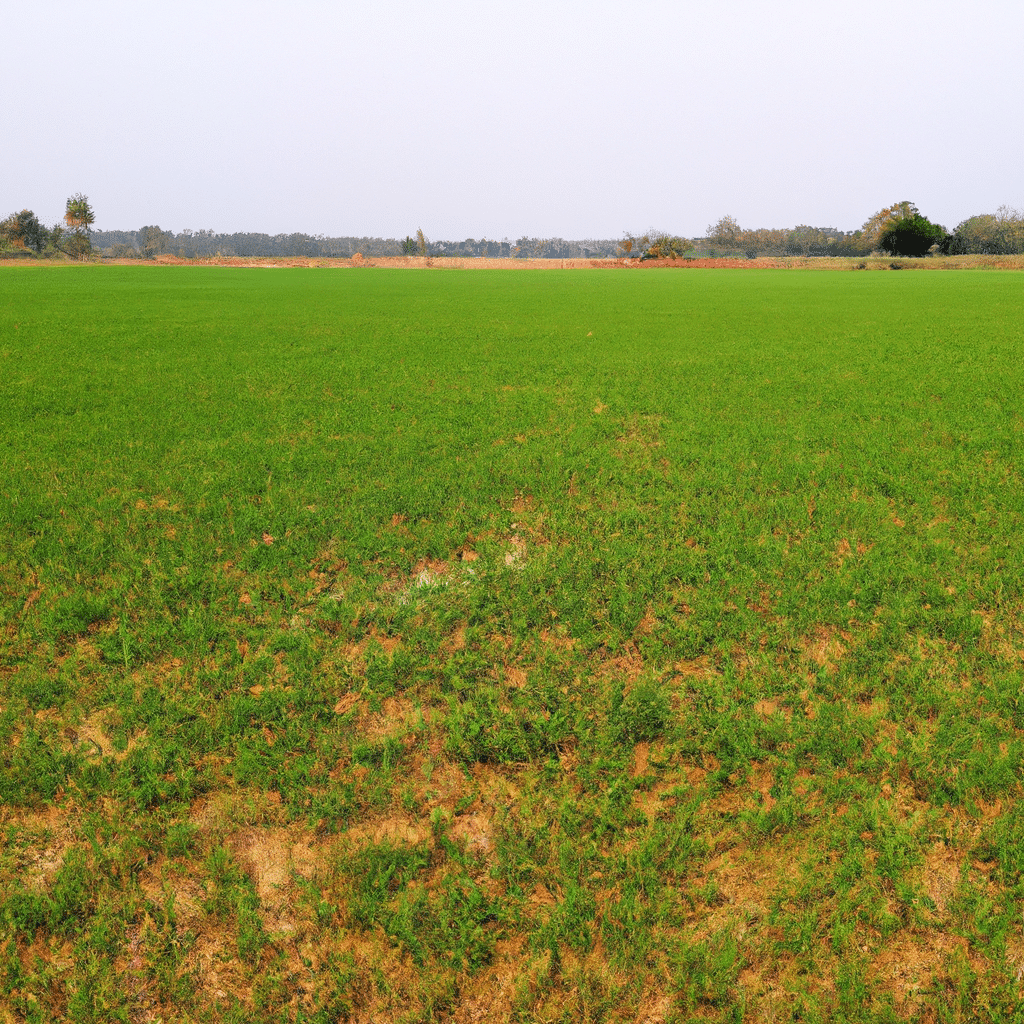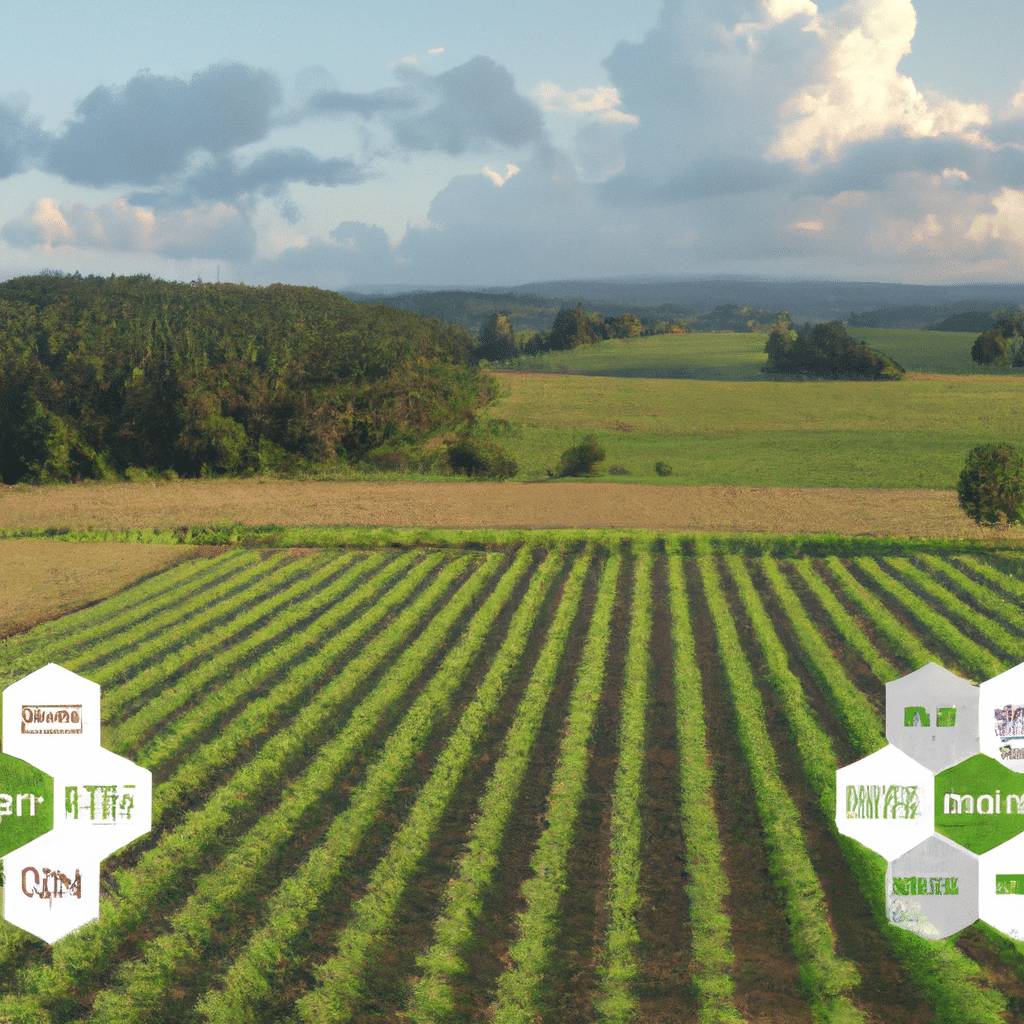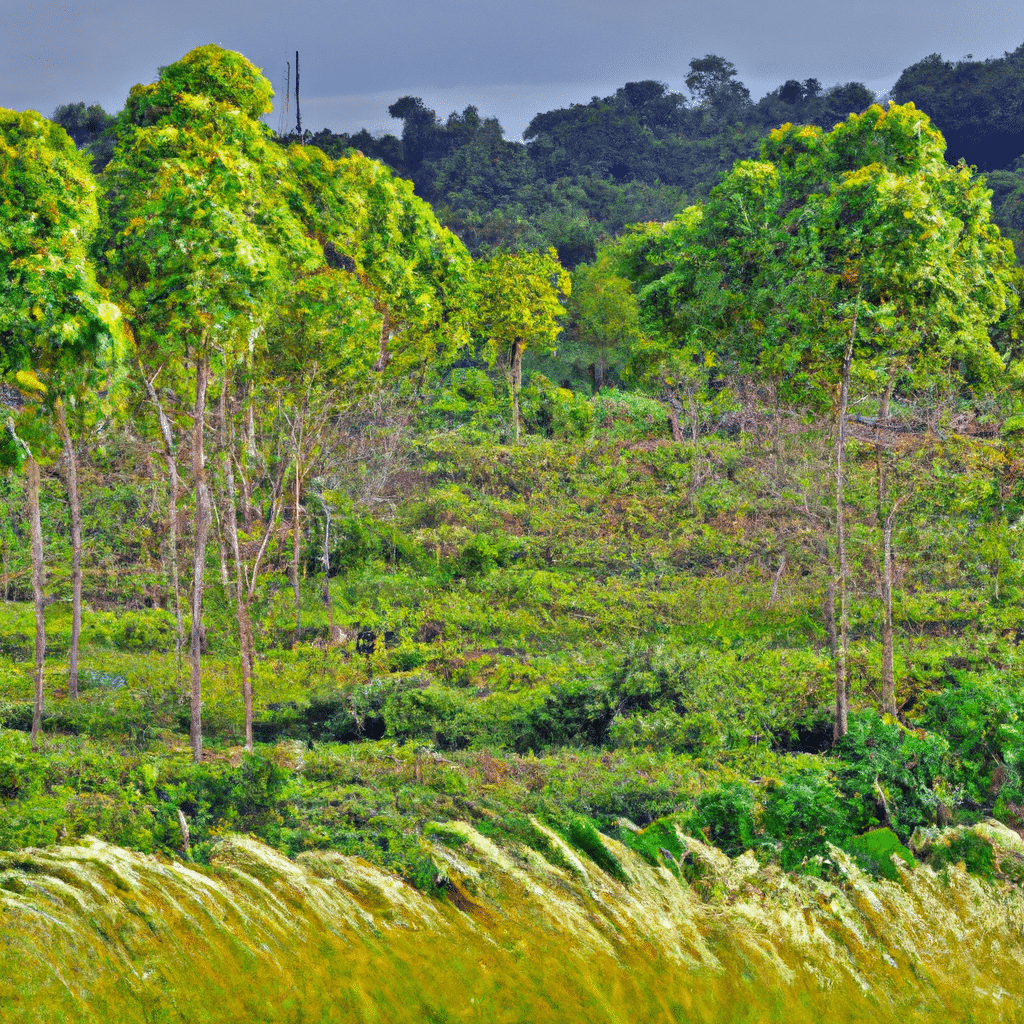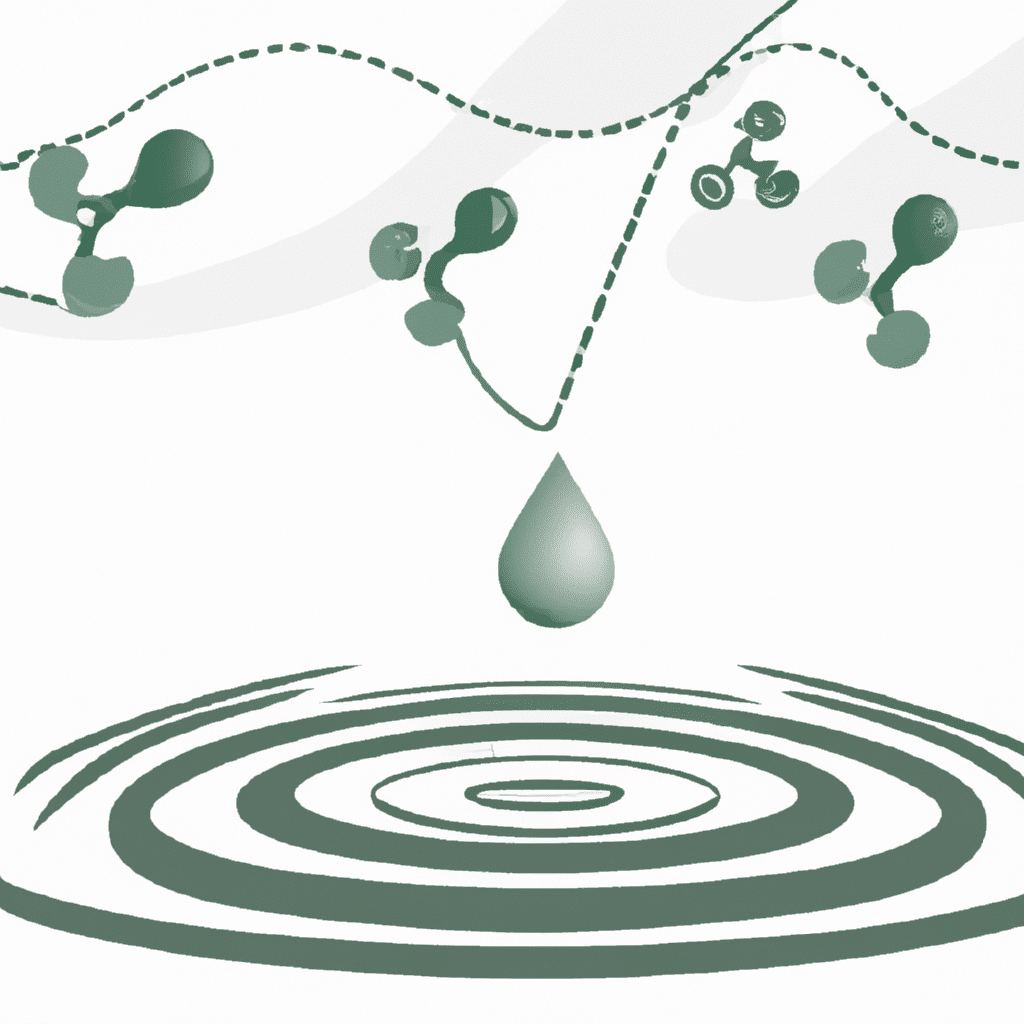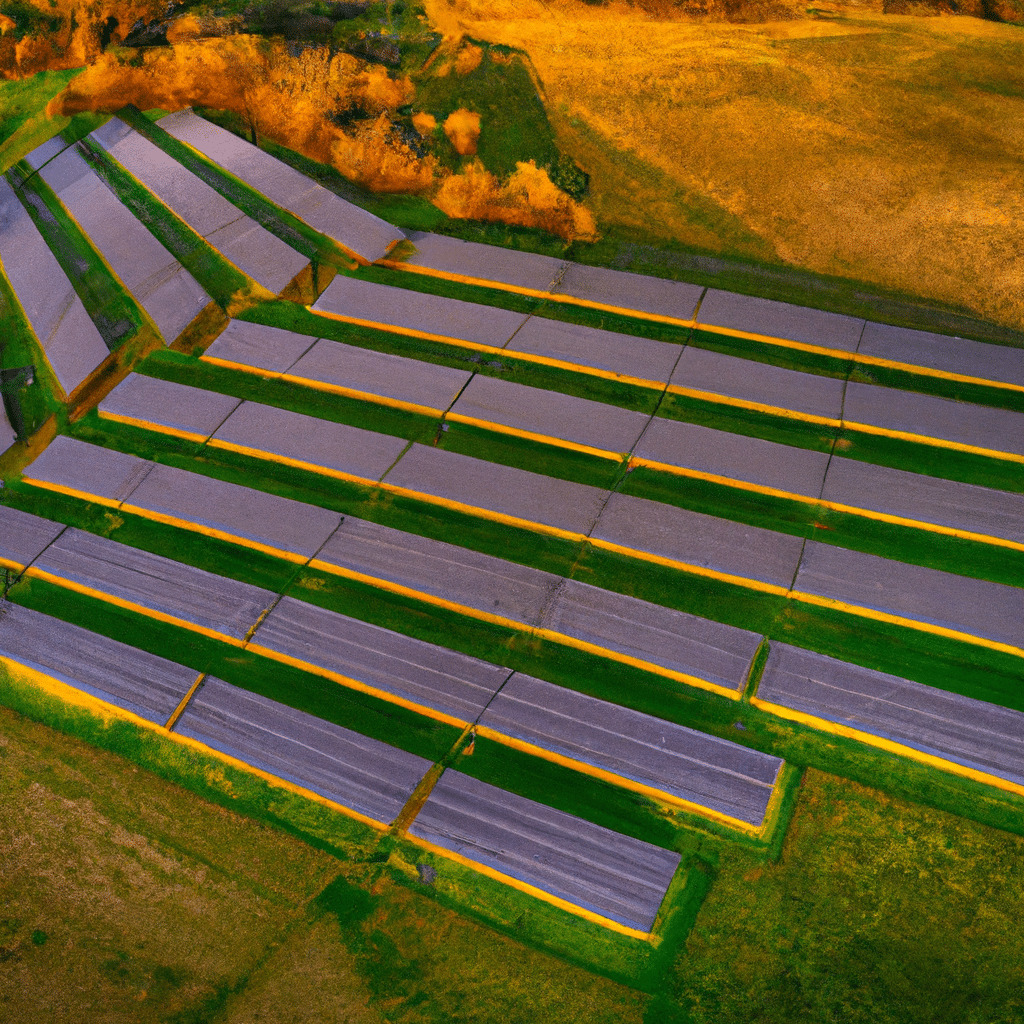In the ever-evolving world of agriculture, farmers are constantly seeking ways to improve efficiency, increase productivity, and reduce environmental impact. One such approach that has gained significant traction in recent years is precision agriculture. By leveraging cutting-edge technologies, farmers are able to make data-driven decisions, optimize resource use, and ultimately enhance their overall operations. In this article, we explore the various aspects of precision agriculture and how it is revolutionizing the farming industry.
What is Precision Agriculture?
Precision agriculture, also known as satellite farming or site-specific crop management, is an innovative approach to farming that involves the use of advanced technologies to collect and analyze data about various aspects of the farming process. These technologies include global positioning systems (GPS), geographic information systems (GIS), remote sensing, and data analytics tools. By utilizing these tools, farmers can gain valuable insights into soil conditions, crop health, and weather patterns, among other factors.
The Benefits of Precision Agriculture
- Optimized Resource Use: One of the primary advantages of precision agriculture is its ability to optimize the use of resources such as water, fertilizers, and pesticides. By precisely targeting areas that require intervention, farmers can minimize wastage and reduce the environmental impact of their operations. This not only benefits the farm’s bottom line but also contributes to sustainable farming practices.
- Increased Efficiency: Precision agriculture allows farmers to streamline their operations and make informed decisions based on real-time data. For example, by using GPS-enabled machinery, farmers can precisely plant seeds, apply fertilizers, and control irrigation systems. This level of precision ensures that resources are allocated efficiently, resulting in higher crop yields and reduced costs.
- Early Detection of Crop Issues: By employing remote sensing technologies such as drones and satellite imagery, farmers can detect crop stress, diseases, or nutrient deficiencies at an early stage. This enables them to take prompt action, whether it’s adjusting irrigation schedules, applying targeted treatments, or implementing preventive measures. As a result, crop losses can be minimized, leading to improved overall productivity.
- Data-Driven Decision Making: Precision agriculture relies heavily on data collection and analysis. By leveraging sophisticated data analytics tools, farmers can gain valuable insights into crop performance, soil conditions, and weather patterns. This information enables them to make informed decisions regarding planting schedules, crop rotation, and resource allocation. Ultimately, this data-driven approach can help optimize productivity and maximize profitability.
Cutting-Edge Technologies in Precision Agriculture
- Global Positioning Systems (GPS): GPS technology plays a crucial role in precision agriculture by providing accurate location data. This enables farmers to precisely map their fields, track machinery movements, and create site-specific application plans. By integrating GPS with other technologies, farmers can achieve precise planting, application, and harvesting operations.
- Geographic Information Systems (GIS): GIS technology allows farmers to combine various types of spatial data, such as soil composition, topography, and yield history, into comprehensive maps. These maps provide valuable insights into the variability of soil conditions and help farmers make informed decisions regarding resource allocation and treatment plans.
- Remote Sensing: Remote sensing technologies, including drones and satellite imagery, provide farmers with a bird’s-eye view of their fields. This allows them to monitor crop health, identify areas of stress or disease, and assess the effectiveness of treatments. By detecting potential issues early on, farmers can take corrective measures and prevent further damage.
- Data Analytics: The vast amount of data collected in precision agriculture requires sophisticated analytics tools to extract meaningful insights. Data analytics algorithms enable farmers to identify patterns, correlations, and anomalies in the data, helping them make data-driven decisions and optimize their farming practices.
Challenges and Future Outlook
While precision agriculture offers numerous benefits, it also presents some challenges. The initial investment in technology and the need for specialized knowledge and training can be barriers for some farmers. Additionally, the collection and analysis of large amounts of data can be overwhelming without proper infrastructure and support.
However, as technology continues to advance and become more accessible, the future of precision agriculture looks promising. The integration of artificial intelligence (AI) and machine learning algorithms promises to further enhance the capabilities of precision agriculture. AI-driven systems can analyze complex data sets and provide real-time recommendations for optimal resource allocation, disease prevention, and yield optimization.
Conclusion
Precision agriculture is revolutionizing the farming industry by enabling farmers to make data-driven decisions and optimize resource use. Through the use of advanced technologies such as GPS, GIS, remote sensing, and data analytics, farmers can enhance efficiency, increase productivity, and reduce environmental impact. While there are challenges to overcome, the future of precision agriculture looks promising as technology continues to evolve. By embracing these cutting-edge technologies, farmers can stay at the forefront of innovation and drive sustainable agricultural practices forward.



